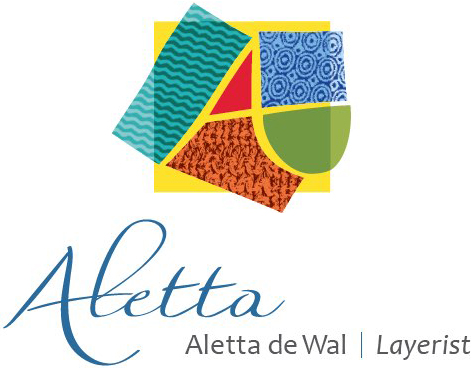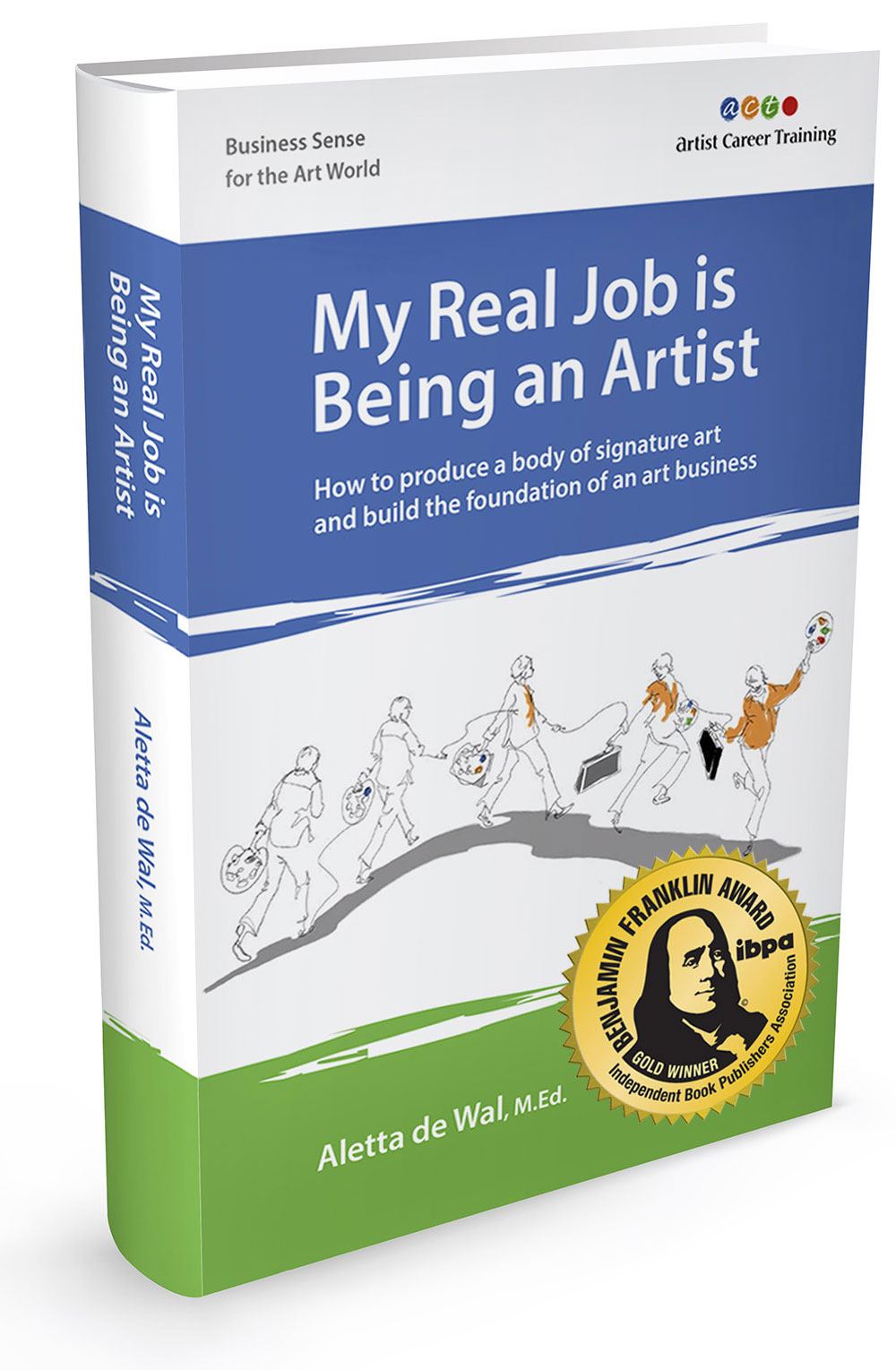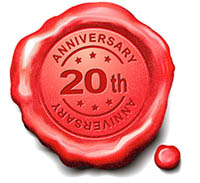Franck de Las Mercedes
![]()
 The artists I interview combine talent with good business skills. They include artists from our community and colleagues who are doing excellent work, making a difference and managing a successful art career. Franck de Las Mercedes is one of these artists. Franck's "Priority Boxes" have reached 8000 people all over the world and taken him into schools to help teachers spread the word about art and peace. He is a lifelong learner who reads avidly and learns from everyone he meets.
The artists I interview combine talent with good business skills. They include artists from our community and colleagues who are doing excellent work, making a difference and managing a successful art career. Franck de Las Mercedes is one of these artists. Franck's "Priority Boxes" have reached 8000 people all over the world and taken him into schools to help teachers spread the word about art and peace. He is a lifelong learner who reads avidly and learns from everyone he meets.
Franck was born in Nicaragua and moved to New York with his family in 1985. His passion about his art, his audience and his career allow him to make a living making art full time. Franck has exhibited alongside artists like Romero Britto, Robert Rauschenberg, Olivier di Pizio and Gonzalo Belmonte. His works have been featured in national and international shows and publications.
A.C.T.: What prompted you to start your professional art career? What makes an artist professional?
"I always felt very drawn to art making and had been painting for a long time. To me it was the emotional aspect of art that got me. I started showing my art to friends. They found it appealing and sales began to happen. I started to consider a career as a full-time artist.
"I think discipline, respect and integrity in all aspects of an art career is what makes one a pro. Aside from thinking about what you are making, you are also thinking about the person who looks at your work."
A.C.T.: What is your artistic direction? What is your "life's work" as an artist - what legacy do you want to leave?
"When I am creating, I never really know where I'm going in my art or my body of work for that matter. What gives me direction is that the art in itself keeps me excited about what I do.
"I also always wanted to be useful as an artist. I do want my work to stimulate and be a contribution to others. I think that is what my Priority Boxes art project has given me the opportunity to do."
A.C.T.: What is your art business direction and what are your business goals?
"I dream big. I would love to be exhibited in important galleries and museum collections. You have the creative process and then you have the dreaded administrative aspect of art, and that is a big challenge. I am always learning about the business side, especially in the changing economy. This plays a part in rethinking my business direction.
"My goal is to have an agent or be in a position where I can just worry about making the art, creating."
A.C.T.: How do you manage your time, money and energy?
"Like I said, discipline is important to me. I do not rely on inspiration to work. I do paint everyday if I can. On days that I do not feel like painting, I still sketch or work on things that get the creative juices flowing. I do not have set times of the day or night to paint and I like that spontaneity. Sometimes I break through the night working. Other times I start early in the morning.
"Actually, the Priority Box project keeps me pretty busy painting. The boxes have become my workout. I feel free to experiment with them, so they inspire my work and some of the ideas make their way into my paintings."
A.C.T.: What peak moments have you had as an artist? What makes it the best job in the world?
"The peak moments are all in the studio, when you know you arrive at something good. The art fills you. In art we do not have the Grammys or Oscars, but we have those 'I did it moments' where our creation impresses us. There is no higher accomplishment than that one.
"I have had great opportunities like exhibiting alongside artists of stature like Rauschenberg.
"And I appreciate e-mails from people who tell me that my work or project has inspired or affected them in a certain way. That what I am making is worthwhile and means something."
A.C.T.: How do you define success and how do you celebrate it?
"Success starts in your studio with what you do. You can be making little money and be very successful at what you do. But I never gave into the idea of looking like the starving artist. I always liked to dress to feel good about myself when out of the studio, and a detail like that makes a big positive difference. When you look like you are celebrating success (even if you're not selling art) and people ask what you do and you say 'I'm an artist', their reaction is quite different than when you're dressed like an artist for all to see. They become interested in you and therefore interested in seeing your work. Leave the rags and the paint stained clothes in the studio. Look your best! In my experience people have bought art from me because they figured that if I look as if I am enjoying success, my art must be worth collecting."
A.C.T.: What obstacles have you encountered in your art business and how have you handled them?
"There's no doubt that even today an abstract painter is a tough sell and that is why I had to promote myself on a broader scale. Deciding to be an abstract expressionist is like speaking a different language and living in a country where few people speak it.
"The biggest obstacle is being able to stay afloat when you make a living from your art alone. When I started out I had to paint things I did not necessarily want to paint. Sometimes the best thing to do is to change your prices and increase your output. I also take portrait commissions and paint figuratively. The idea is to have options that allow me to work creatively even when it is not my direct work."
A.C.T.: What opportunities has a professional approach to your career brought you that you might otherwise not have had?"
"I think being able to cross paths with established artists and learning about what they did when they were at the stage where I am in my career. Also being able to learn through invitations from great artists in workshops."
 A.C.T.: Who are your role models and mentors? What was the best advice they gave you?
A.C.T.: Who are your role models and mentors? What was the best advice they gave you?
"I've come across quite a few wise men and women artists. Their respect and advice has been valuable both aesthetically and career-wise. Befriend older artists because they have a lot to offer. Two friends Pablo Salmon and painter Omar D'Leon have been a great influence in my career - on how to handle my art and really question the quality of my own work in order to improve it. Omar has shown me that humility and listening can be a great tool in the business, and that in art one never stops learning. I have learned how to approach people, take criticism and handle rejection - something no one really teaches you - you have to learn through experience. One thing I have learned from many artists is to ask questions, especially in the business of art. This way, I have heard things about my own painting that I didn't see before.
"I also mentor younger artists, especially now that schools are inviting me to speak to students. Kids are really honest. I ask them what they think about the Priority Boxes. One boy thought that the project was pretty stupid until he realized he could make one and inspire someone with it - then it became the coolest thing in the world."
A.C.T.: What is your art marketing strategy? What promotional materials and social media do you use most often?
"I try to make art accessible to people from all walks of life. Not everybody can afford a large work of art, so I make my studies available at affordable prices. Not everybody can afford a giclée print, so I make posters available and that is also appealing to a younger crowd.
"Think about designers. They have a $10,000 gown on the red carpet but they also have jeans. I love my abstract art but I want to live so I have to do many things. I also want to create the next generation of followers. The young person who buys a poster today may buy an original later. Decide who you want to approach. Then make art they like and will buy."
A.C.T.: What changes have you experienced in the east coast art market and how have you navigated them?
"Because of the attention I have been getting with my Priority Boxes, I have been approached by a lot of galleries. Some charge a lot to show. When the economy slows down, artists are among the first to take a hit. If you have a 9 to 5 job, that's okay. But if you live only from your art, it's different. Think about increasing your output and going into other retail sites like eBay.
"I came to Facebook only last year. I have had some contacts and opportunities from it. Talk about your work. People do not buy paintings just to hang them. They love to talk about what they own. I recently started something on blog - a retrospective. I am showing early paintings and telling stories. So it's also a marketing strategy."
A.C.T.: What legal measures do you take to protect your work?
 "I copyright my work but hope the Orphan Works law does not pass. I have never had to take legal action against anyone. Be careful if you want to protect yourself. A lot of people post my images as their icon on Facebook. I let them because their friends might ask who painted that. I actually write to thank them and they add links to my web site."
"I copyright my work but hope the Orphan Works law does not pass. I have never had to take legal action against anyone. Be careful if you want to protect yourself. A lot of people post my images as their icon on Facebook. I let them because their friends might ask who painted that. I actually write to thank them and they add links to my web site."
A.C.T.: What advice would you pass on to artists who want to succeed in any economy?
"Be humble. Do not be too proud to adjust your prices if times get tough. Treat people well and with respect. Your clients are loyal and will follow you along the way. Contact them and show them what you are doing. It often leads to sales.
"Keep your eye on the prize. Stay focused on what you want to do. Obstacles can open new doors if you pay attention and question ways to make obstacles work in your favor. I remember for a while times were so tough I was forced to sell books and CDs online on Amazon. I also started painting pop portraits to sell on eBay in order to make a buck. I felt at times demoralized and as an artist my integrity felt hurt. But then I decided to find ways to make it work for me. I started inserting postcards in the envelopes of the CDs and books I was shipping. I began to see the positive in the pop art. At least it kept me painting. It was also bringing me new clients and attention to the work I did want to sell. Not to mention the fact that cleaning my brushes on the empty boxes I would ship the portraits in, led to the Priority Boxes art series."
"One of the advantages artists have is that we are observant. As Ralph Waldo Emerson said in Self Reliance 'The power to see is not separated from the will to do'."
A.C.T.: How do you recommend that artists develop their careers?
"I think sites such as this one are very valuable and should be read in order to improve. If you do not have an agent, then read and learn everything you can about how to market and present your art. This can lead you there or help you learn how to market yourself. I read two other interviews and learned things I did not know. Keep your mind open. Be a student. Education is key. There will always be something you don't know."











